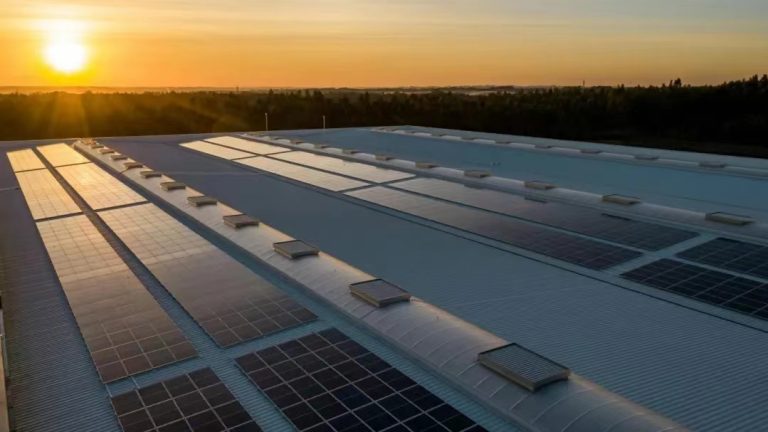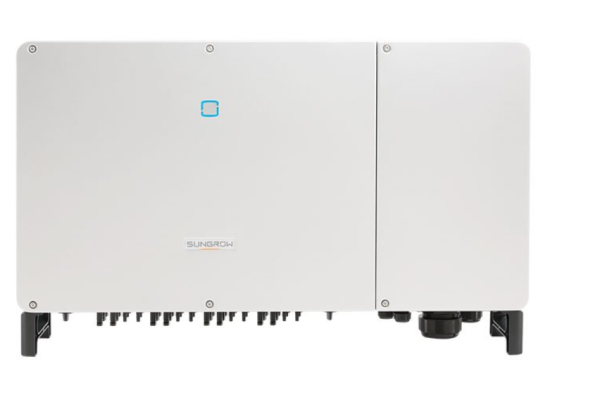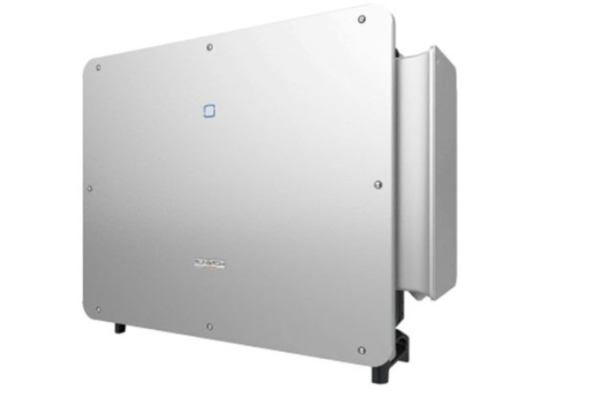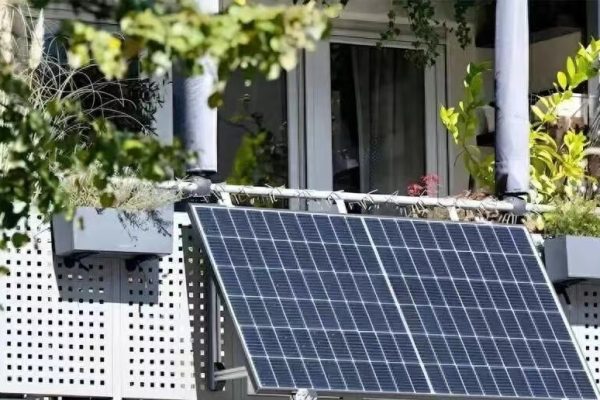Selling Smarter, Not Harder, in Residential and Small C&I Projects
Many customers want solar + storage, but not all can afford the full system up front.
So what do you do?
- Walk away and lose the deal?
- Cut corners and damage your brand?
No.
Smart integrators are learning to offer partial solutions — a flexible, modular, and scalable approach that fits the client’s current budget, while keeping the door open for future upgrades.
💡 What Is a “Partial Solution”?
A partial solution delivers part of the full solar/storage system, such as:
| Budget Level | Offer Example |
|---|---|
| Low budget | Inverter + wiring + backup load panel only |
| Mid budget | Inverter + solar (no battery) |
| Medium-high | Inverter + battery (solar later) |
| Later stage | Add PV or expand battery when ready |
✅ It gives the customer a working system today, and a clear upgrade path tomorrow.
🎯 Why This Works for You and Your Customer
🔹 Benefits for the Installer:
- Shortens sales cycle
- Allows phased project revenue
- Keeps customer in your ecosystem
- Builds long-term trust & referrals
🔹 Benefits for the Customer:
- Matches current cash flow
- Avoids loan or CAPEX shock
- Gets essential functions now (e.g. backup)
- Grows the system as needs evolve
📦 Common “Partial” Configurations
1️⃣ Inverter + Wiring Ready (No PV, No Battery Yet)
- For clients with no budget but want future solar
- Install inverter, ATS, smart meter, conduit
- Enables fast plug-and-play expansion later
✅ Great for new home construction or light commercial
2️⃣ PV + Hybrid Inverter, No Battery
- PV system runs home loads and sells to grid
- Hybrid inverter is pre-configured for future battery
- Useful in countries with net metering
✅ Customer starts saving now — adds storage when ready
3️⃣ Battery-Only Backup
- Just inverter + battery (no PV)
- Charges from grid, covers blackout/UPS loads
- Can add solar later to reduce grid dependency
✅ Popular in areas with unreliable grid or load-shedding (e.g. Africa, India)
4️⃣ PV + Small Battery
- 3–5kWh battery (starter pack)
- Enough to cover essential loads at night
- Expandable to 10–20kWh in future
✅ A balance between savings and resiliency
🗣 How to Pitch It: Language That Works
Instead of saying:
❌ “This is all you can afford.”
Try:
✅ “Let’s design a phase-1 system today, and prepare for phase-2 when you’re ready.”
Use phrases like:
- “Future-ready system”
- “Scalable design”
- “Modular approach”
- “Smart start, no waste”
- “No regrets upgrade path”
🛠 Provide a simple roadmap for expansion, like:
“Today we install a 5kW inverter + 5kWh battery. In the future, we’ll add 6 panels and double your storage — no rewiring needed.”
🧠 Technical Tips for Scalable Design
| Element | Tip |
|---|---|
| Inverter sizing | Choose larger inverter if future expansion expected (e.g. 5kW or 8kW) |
| Battery port | Leave room for additional modules (stackable LFP) |
| Wiring & conduit | Run oversized cable, install combiner boxes early |
| Monitoring system | Set up cloud/app platform from day 1 |
| ATS/load panel | Separate critical loads even if not fully powered yet |
💰 Pricing Examples (Sample USD)
| Solution | Cost Estimate | Benefit |
|---|---|---|
| Inverter + wiring only | $800–$1,200 | “Future-ready” backup system |
| PV + hybrid inverter | $3,000–$4,000 | Daytime savings |
| Battery + inverter (no PV) | $2,800–$4,500 | Grid backup now, solar later |
| Starter ESS (PV + 5kWh) | $4,500–$6,500 | Nighttime backup + savings |
| Full ESS (PV + 10kWh) | $8,000–$12,000 | Complete off-grid/hybrid mode |
🧾 Provide an Upgrade Plan in Writing
Customers forget promises. Always give them a short “upgrade path” in writing:
Example:
Phase 1: Install hybrid inverter + 5kWh battery – today
Phase 2: Add 6 x 500W solar panels – target Q2 next year
Phase 3: Double battery capacity – optional in Year 3
This makes the customer feel in control, not overwhelmed.
🚫 Common Mistakes to Avoid
| Mistake | Solution |
|---|---|
| Selling cheap “dead-end” inverters | Use hybrid models that support future PV/battery |
| Under-sizing conduit or breakers | Design for future power flow |
| Promising “easy upgrade” without planning | Sketch actual roadmap |
| Not training customer on usage | Set expectations clearly |
🔚 Sell the Vision, Not Just the Product
Offering partial solutions isn’t about lowering your standards — it’s about meeting customers where they are, while still building quality systems.
✅ It keeps your pipeline moving
✅ It builds brand loyalty
✅ It shows you understand real-world financial constraints
💡 “The best system is not the biggest — it’s the one the client can start with, and grow into.”









